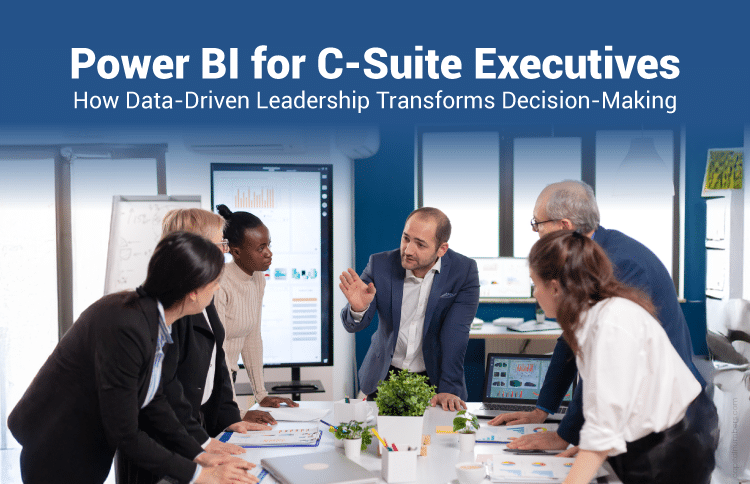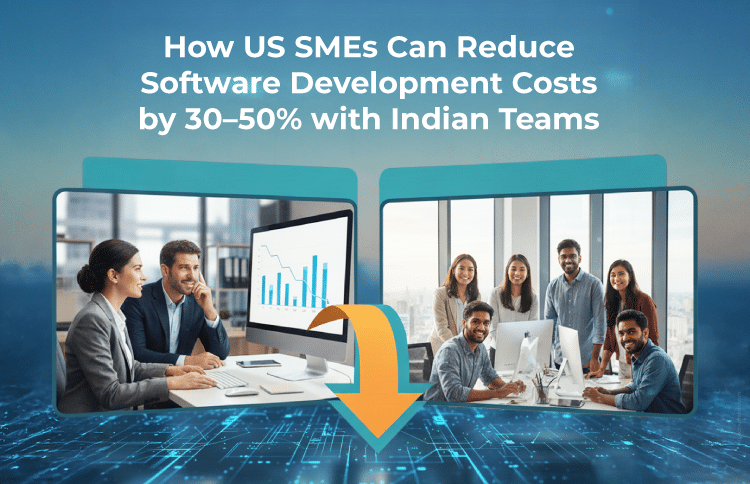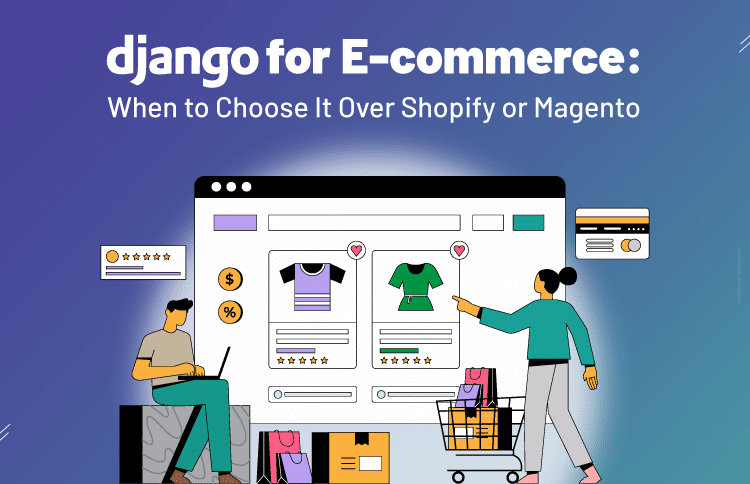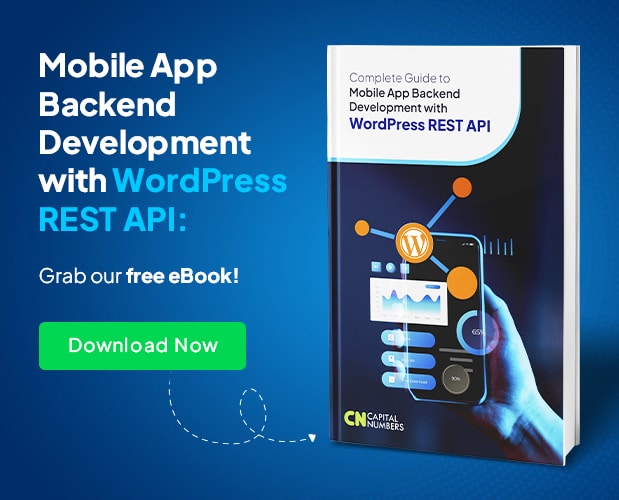Power BI for C-Suite Executives: How Data-Driven Leadership Transforms Decision-Making
Table of Contents
Executive Summary:
- Make quicker decisions: Power BI consolidates all your data in one place, giving you instant access to KPIs – no more outdated spreadsheets.
- Turn insights into action: AI-driven suggestions help you act faster, driving ROI and reducing delays.
- Empower your team: Self-service analytics and role-based access ensure accurate, consistent data for confident decision-making.
- Get results fast: Customized dashboards for each executive role track real-time KPIs and ROI, streamlining decision-making.
What drives smart decisions in the C-suite today?
Not just experience. Not just instinct. It’s data.
But raw data alone isn’t enough. Leaders need clarity, speed, and context. That’s where Power BI comes in.
It’s more than just a dashboard tool. It’s a decision engine. From CEOs to CFOs, CMOs to CTOs, Power BI helps leaders see what’s working, what’s not, and what’s next.
Want to track KPIs in real time? Spot trends before they become problems? Align teams around shared goals? Microsoft Power BI makes it possible – with visuals that speak louder than spreadsheets.
In this blog, we’ll discuss why Power BI belongs in every C-suite. How it transforms raw data into action and how it empowers leadership to move faster, smarter, and with confidence.
Because in today’s business world, data-driven leadership is no more optional.
What is Data-Driven Leadership?
Data-driven leadership means using data to guide decisions instead of relying on guesswork. With powerful tools like Power BI, leaders can turn complex data into simple, actionable insights that help shape business strategies and drive growth.
Why Is Data-driven Leadership Important?
Nowadays, leaders need quick, reliable information to make the right choices. Data-driven leadership enables executives to:
- Make informed decisions based on real-time data, reducing risks and identifying opportunities.
- Gain real-time insights that allow them to respond swiftly to changes and challenges.
- Use business intelligence tools like executive dashboards to monitor key metrics, align teams, and spot trends or issues early.
What is Power BI and its Key Features?
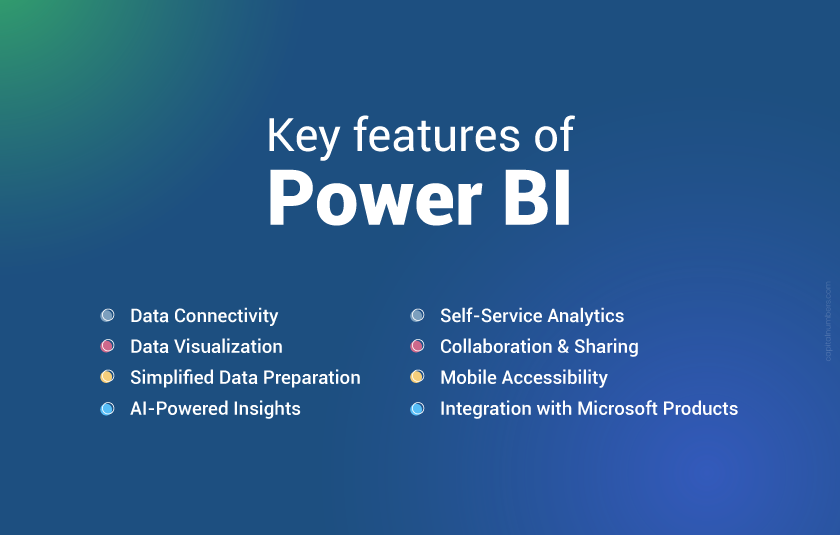
Power BI is a powerful business intelligence tool by Microsoft that helps organizations turn data into actionable insights. It connects to various data sources, allowing users to create interactive reports and dashboards that simplify complex data, enabling real-time decision-making.
Key features of Power BI include:
- Data Connectivity: Seamlessly connects to various data sources like Excel, databases, cloud services, and online platforms, centralizing all relevant data.
- Data Visualization: Creates interactive charts, graphs, and maps, making complex data easy to understand and trends easy to spot – empowering you to make data-driven decisions faster.
- Simplified Data Preparation: Automatically cleans and organizes your data, making it ready for analysis without needing complex tools or processes.
- AI-Powered Insights: Uses artificial intelligence to identify trends and deliver actionable insights, helping you make smarter decisions based on predictive analysis.
- Self-Service Analytics: Empowers users to create their own reports and explore data without IT assistance, speeding up decision-making.
- Collaboration and Sharing: Facilitates real-time sharing of reports and dashboards to ensure alignment across teams.
- Mobile Accessibility: Power BI’s mobile app allows decision-makers to access interactive reports, dashboards, and real-time notifications, ensuring they stay informed and make timely decisions anywhere, anytime.
- Integration with Microsoft Products: Power BI seamlessly integrates with Microsoft Excel, Azure, and Microsoft Teams, making it easy to incorporate into your existing Microsoft environments and improve collaboration.
Why C-Suite Executives Prefer Power BI?
Power BI is an essential tool for C-suite executives, offering tailored benefits for each role to enhance decision-making and drive business success. Here’s how it supports leadership at the top:
-
CEO (Chief Executive Officer):
Power BI provides a comprehensive, real-time view of business performance, helping CEOs track company goals, monitor KPIs, and ensure alignment across departments. It simplifies boardroom presentations with clear data visualizations, promoting transparency and strategic clarity.
-
CFO (Chief Financial Officer):
CFOs use Power BI to manage financial performance, track budgeting, and improve operational efficiency. The tool helps manage financial performance, track budgets, and optimize resource allocation through accurate forecasting and cost management.
-
COO (Chief Operating Officer):
Power BI enables COOs to monitor key operational metrics, ensuring smooth business processes. With real-time insights, it enhances agility, helps quickly address issues, and ensures operational performance aligns with business goals.
-
CMO (Chief Marketing Officer):
For CMOs, Power BI offers deep insights into marketing performance and customer behavior, allowing for better-targeted campaigns and ROI analysis. It streamlines data from CRM systems, providing actionable insights that refine marketing strategies.
-
CDO/CIO (Chief Data Officer/Chief Information Officer):
Power BI fosters a data-driven culture by integrating various data sources and empowering teams to make decisions based on data. It supports enterprise-grade solutions, handling large datasets and complex analytics needs while ensuring secure, scalable insights.
Key Benefits Across Roles:
Power BI for business intelligence enables executives to make smarter, faster decisions with real-time data, streamlined collaboration, and visual insights. It enhances strategic alignment across departments, drives better performance tracking, and allows for swift adjustments in response to market changes.
Common Concerns of C-Suite Executives on Power BI
While Power BI offers immense value, we understand that C-suite executives may have some concerns. Let’s address a few of the most common questions:
-
“This sounds expensive. What’s the ROI?”
Power BI’s ROI is measurable through faster decision-making, reduced reliance on manual reporting, and improved business outcomes driven by real-time data insights. By unifying your data, streamlining operations, and empowering employees, Power BI can save time and money over the long term.
-
“How long will this take to see value?”
Power BI’s implementation can be quick – many companies begin seeing meaningful insights within weeks. The system is designed to provide real-time data and actionable insights almost immediately, allowing your leadership team to start making better decisions from the outset.
-
“Our data is a mess. How does a tool fix that?”
Power BI automatically organizes and cleans your data, centralizing it into one source of truth. It eliminates silos, making it easier to access accurate, up-to-date data for decision-making. With automated data preparation, Power BI saves time and reduces the risk of errors caused by manual processes.
-
“We already use Tableau. Why switch?”
Power BI offers a more integrated experience with other Microsoft products like Excel, Teams, and Azure. If you already use Microsoft tools, Power BI provides seamless integration, streamlining your workflows and ensuring your data is easily accessible across the organization. Also, Power BI’s affordability and scalability can offer a competitive advantage.
Steps to Implement Power BI in the C-Suite for Smarter Leadership
Implementing Power BI in your C-suite can transform leadership decision-making, enabling quicker, smarter actions based on real-time data. Here’s a streamlined approach to get started:
-
Define Key Business Goals
Begin by identifying the key business goals and metrics that matter most to your leadership team. These could include revenue, profitability, market trends, or operational performance. Clearly defining these goals will guide the creation of customized executive dashboards and ensure that the right KPIs are being tracked.
-
Set Up Executive Dashboards
Customize dashboards to meet the specific needs of each executive. For example, the CEO may need a high-level view of overall performance, while the CFO might focus on financial metrics. Power BI’s interactive and visual dashboards allow executives to quickly interpret data, making decision-making more efficient.
-
Connect Your Data
Power BI integrates seamlessly with various data sources like Excel, databases, and cloud services. Connecting all relevant data into one unified platform eliminates data silos and ensures consistency across departments, allowing your C-suite leaders to make informed, data-driven decisions.
-
Empower Self-Service Analytics
One of Power BI’s strengths is its self-service analytics capability, enabling business users to generate reports and analyze data without relying on IT. This speeds up decision-making across the organization and fosters a culture of data-driven leadership at all levels.
-
Use Mobile Accessibility
Power BI’s mobile app allows executives to access their reports and dashboards from anywhere, ensuring they remain informed and can make decisions on the go. This real-time access increases agility, allowing your leadership team to respond swiftly to changes in the business environment.
-
Provide Training and Support
To ensure the successful adoption of Power BI, offer training sessions for C-suite executives and staff. Proper training ensures that everyone can effectively navigate Power BI, create reports, and interpret data visualizations, reducing dependence on IT and speeding up decision-making processes.
-
Opt for Power BI Development Services
For a smoother and more tailored implementation, consider partnering with companies that offer Power BI development services. These professionals can help design custom dashboards, automate reports, and integrate Power BI seamlessly into your existing systems, ensuring it meets the specific needs of your business.
By following these steps, you can successfully implement Power BI in your C-suite, transforming the way your leadership team makes decisions.
Future Trends and Power BI’s Evolving Role in Leadership
Power BI is changing fast with AI, real-time analytics, and tighter Microsoft integrations. Here’s what your C-Suite should watch next and how it enhances data-driven leadership and business intelligence.
-
AI Moves from Assistive to Directive
Power BI, through integration with Azure Machine Learning, will not only explain past trends but also forecast likely outcomes and suggest actionable next steps. For the C-Suite, that means fewer manual analyses and faster, evidence-based strategic decision making. With Power BI and AI, you can expect AI-driven playbooks to translate insights into clear, prioritized actions tied to your KPI tracking.
-
Copilot becomes the Executive Shortcut
With Copilot, you can ask plain-English questions (“What’s driving margin decline in APAC?”) and instantly get visuals, summaries, or a draft Executive Report. This cuts cycle time from hours to minutes and keeps leaders in the flow of decisions. Over time, Copilot will learn your context, surfacing the right Executive Dashboard views before you ask.
-
A Single Analytics Fabric
Tighter integration with Microsoft Fabric/Azure brings data engineering, warehousing, and business intelligence into one governed layer. And the result? Cleaner pipelines, consistent definitions, faster-loading executive views, and fewer disputes over “whose numbers are right.” This unified model gives you an auditable “system of record” that the C-Suite can trust.
-
From Daily Reports to Continuous Operations
Streaming data and Real-Time Insights (including anomaly detection) will surface spikes, drops, or outliers as they happen. Leaders can adjust pricing, inventory, or staffing in real-time – turning dashboards into an operational control room. This shortens the detect–decide–act loop from days to minutes for measurable impact.
-
Self-service, with Guardrails
Low-code and natural-language queries expand access beyond analysts, growing data analytics for leaders across functions. Governance (Purview labels, role-based access, audit) ensures self-service doesn’t compromise quality or compliance. Certified datasets keep everyone building from the same truths while enabling speed.
-
Insights Where Work Happens
Optimized mobile and embedded analytics put KPIs directly in CRM/ERP and on devices – ideal for field, plant, and sales leaders. This is how C-Suite uses Power BI to make decisions in context, not after the fact. Embedded visuals reduce swivel-chair time and raise adoption of Microsoft Power BI across teams.
-
ESG and Compliance Made Measurable
Built-in templates and KPI tracking for ESG, along with stronger data controls, enable transparent reporting to boards and regulators without parallel spreadsheets. You can standardize Executive Reporting on sustainability while maintaining traceability to source data. This increases stakeholder confidence and accelerates assurance reviews.
-
What Does This Mean for Leadership?
- From Descriptive to Prescriptive Leadership
With Power BI for CEO, you move from reading results to acting on clear, data-backed recommendations. Scenario testing becomes a weekly habit, so you compare options, model impacts, and choose the best path in minutes, not quarters. This shifts data-driven leadership from consuming insights to guided execution, where outcomes are paired with actionable next steps. - Evidence-based Strategic Planning
A 360° view across finance, customers, operations, and talent aligns investments with impact, improving portfolio choices and resource allocation. Cross-functional trade-offs are quantified, not debated anecdotally. Strategy reviews can anchor on one shared, governed executive dashboard. - Faster, Coordinated Execution
Shared, trusted metrics and alerts keep teams aligned; issues trigger owners immediately, and Executive Reporting reflects one source of truth. Program health, risks, and dependencies become visible early, enabling timely course correction. This creates a repeatable operating model that the C-Suite can scale across businesses.
- From Descriptive to Prescriptive Leadership
Bottom Line
The future of leadership is data-driven, and Power BI is helping you lead the way. With its powerful AI insights, real-time data, and intuitive self-service analytics, it enables you to make smarter decisions, faster. As it continues to evolve and integrate seamlessly with other Microsoft tools, it will become even more essential for you to stay agile, respond to changes quickly, and lead with confidence. Turning data into action will be key to staying ahead of the competition, and Power BI gives you the tools to do just that. Choose it and transform how your organization makes decisions and drives growth.

